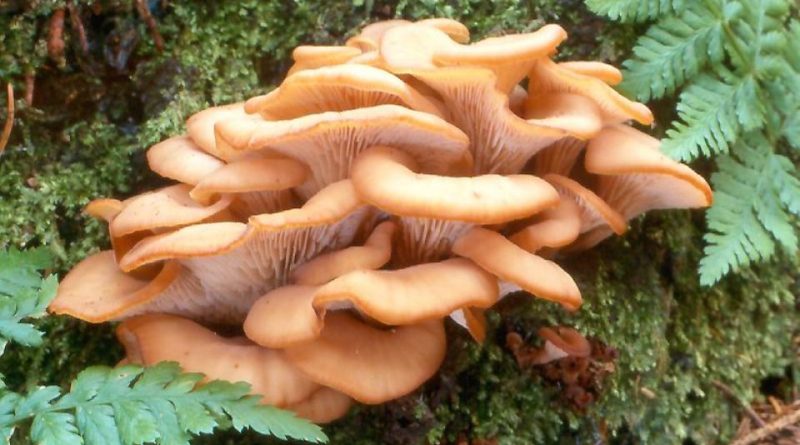Lentinellus cochleatus
Lentinellus cochleatus
The aniseed cockleshell (Lentinellus cochleatus (Pers.) P. Karst., 1879) is a basidiomycete mushroom belonging to the family Auriscalpiaceae.
Systematic –
From the systematic point of view it belongs to the Eukaryota Domain, Kingdom Fungi, Basidiomycota Division, Basidiomycetes Class, Order Russulales, Family Auriscalpiaceae and then to the Genus Lentinellus and to the L. cochleatus species.
The terms are synonyms: Agaricus cochleatus, Agaricus confluens, Omphalia cochleata and Lentinus cochleatus.
Etymology –
The term Lentinellus is the diminutive of Lentínus that comes from tenacious, collapsible, elastic léntus. The specific epithet cochleatus comes from cochlear, aris spoon: equipped with organs that resemble the shape of a spoon.
Geographic Distribution and Habitat –
The Lentinellus cochleatus is a fungus that grows in tufts on logs or hardwood stumps and more rarely on conifers; it is found in the period that goes from summer to autumn.
Recognition –
It is recognized by the characteristic elastic hat similar to a shell, irregularly funnel-shaped, of 3-10 cm of diameter with involute margin, lobed and cuticle with variable coloring from reddish-reddish to reddish ocher. The lamellae are dense, unequal, long decurrent, with a serrated, whitish and then pinkish cut. The shank is lateral or eccentric, welded at the base, elastic in red or reddish-brown. The meat is stubborn, reddish, with an odor typical of anise and a mild, mild flavor.
Under the microscope, globose spores, amyloids, white in bulk, can be seen.
Cultivation –
The aniseed cockleshell is a fungus that could be cultivated but that, in fact, for the qualitative characteristics it does not find particular interest.
Uses and Traditions –
This fungus is a lignicola species, infrequent, mainly autumnal which is edible only if very young.
Preparation Mode –
Lentinellus cochleatus is an edible mushroom that can be prepared, cooked and stored, even when dry, only if very young. It is possible to use it in combination with other mushrooms. It is advisable not to collect mature specimens, as they are coriaceous.
Guido Bissanti
Sources
– Wikipedia, the free encyclopedia.
– Cetto B., 2008. Real mushrooms, Saturnia, Trento.
– Pignatti S., 1982. Flora d’Italia, Edagricole, Bologna.
– Conti F., Abbate G., Alessandrini A., Blasi C. (edited by), 2005. An annotated checklist of the Italian vascular flora, Palombi Editore.
Warning: Pharmaceutical applications and alimurgical uses are indicated for informational purposes only and do not in any way represent a medical prescription; there is therefore no liability for their use for curative, aesthetic or food purposes.


